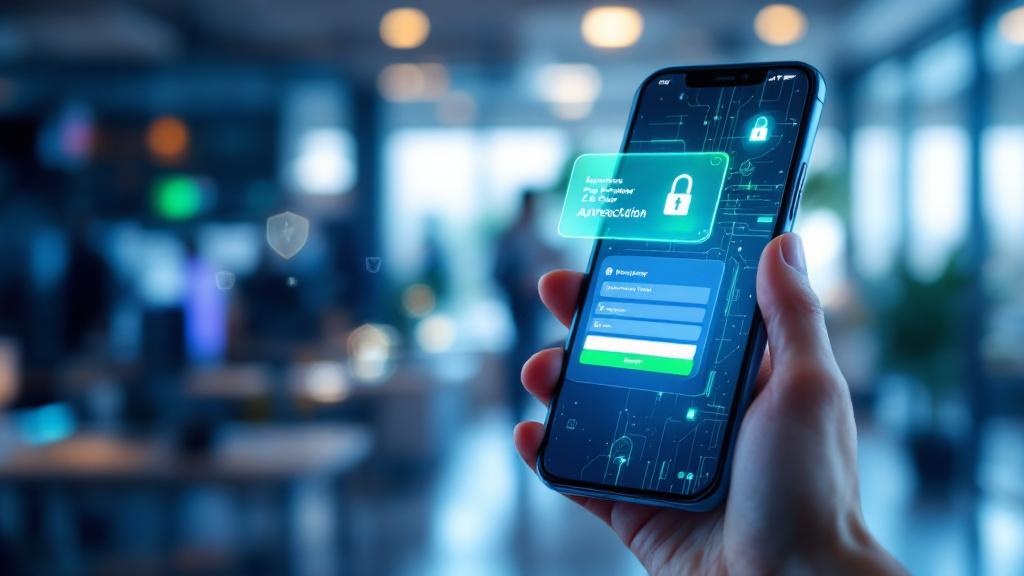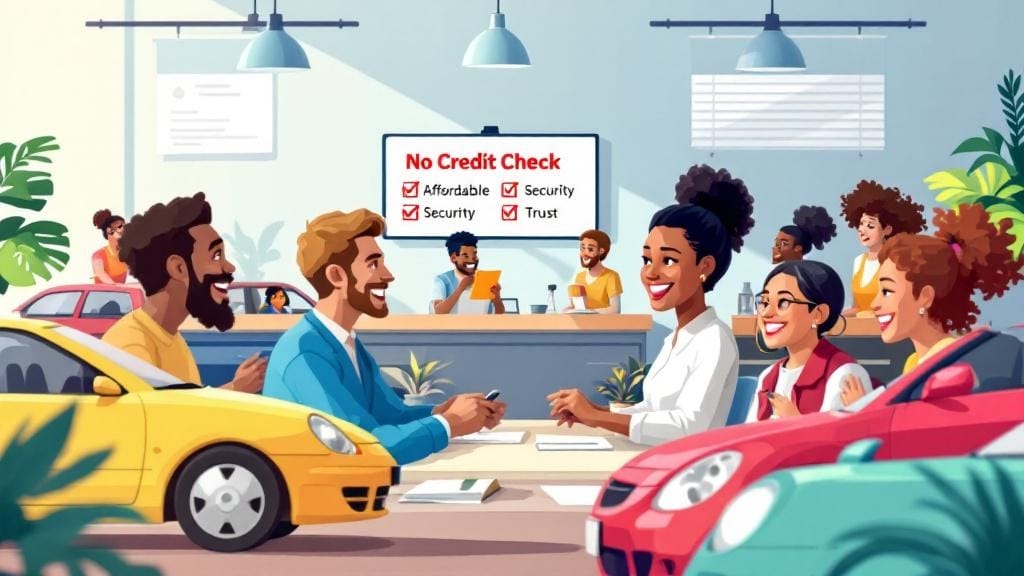In today’s digital age, mobile banking has become a convenient way to manage finances, check account balances, transfer money, and pay bills on the go. However, with this convenience comes an increase in security risks. Mobile banking security has never been more important as cybercriminals are constantly finding new ways to exploit vulnerabilities.
If you use mobile banking, it’s essential to understand the risks and take steps to secure your banking app and financial information. In this comprehensive guide, we’ll explore the best practices for mobile banking security, common risks, and practical tips to help you protect your data.
Let’s dive into everything you need to know about mobile banking security and how to keep your financial data safe.
What is Mobile Banking Security?
Mobile banking security refers to the practices and technologies used to protect mobile banking apps, mobile devices, and financial transactions from unauthorized access, fraud, and other security threats. As mobile banking has become an essential part of managing finances, financial institutions and users alike need to be aware of potential risks and take proactive steps to safeguard personal and financial information.
Common Mobile Banking Risks
While mobile banking apps have evolved to offer top-notch convenience, they are not without risks. Here are some of the most common mobile banking risks:
Malware and Viruses
Cybercriminals can install malicious software (malware) on your device to steal banking credentials or track your financial transactions.Phishing Attacks
Phishing attacks trick users into revealing sensitive information, such as login credentials, by pretending to be a legitimate entity.Public Wi-Fi Vulnerabilities
Using public Wi-Fi networks to access mobile banking apps can expose your data to hackers looking to intercept unsecured connections.Weak Passwords
Simple or reused passwords are an open door for attackers to gain unauthorized access to your banking accounts.Unencrypted Data
When sensitive financial data is sent or stored without proper encryption, it is at risk of being intercepted.
Why Mobile Banking Security Matters
With the growing reliance on smartphones, mobile banking has become an easy target for cybercriminals. According to a 2020 report by Kaspersky, over 16 million mobile banking-related fraud cases were reported globally. This shows just how vulnerable mobile banking can be, especially if users are not proactive about securing their accounts.
How to Secure Your Mobile Banking App
Now that we understand the risks, let’s take a look at how to secure your mobile banking app. By adopting a few simple practices, you can significantly reduce the chances of falling victim to fraud.
Best Practices for Mobile Banking Security
1. Use Strong and Unique Passwords
The foundation of good mobile banking security is using a strong password. Avoid simple passwords like your name, birthdate, or sequential numbers. Instead, create a password with a combination of uppercase and lowercase letters, numbers, and special characters.
Password Tips:
Use a password manager to generate and store complex passwords.
Avoid using the same password across multiple accounts.
Enable two-factor authentication (2FA) for an extra layer of protection.
2. Update Your Banking App Regularly
Banking apps receive regular updates that fix bugs and patch security vulnerabilities. By keeping your banking app up-to-date, you ensure that you have the latest security features.
How to ensure updates:
Enable auto-updates on your device for banking apps.
Check for app updates manually from time to time.
3. Enable Two-Factor Authentication (2FA)
Two-factor authentication (2FA) adds an additional layer of security by requiring two forms of identification: something you know (your password) and something you have (such as a one-time code sent to your phone). This makes it harder for cybercriminals to access your account, even if they have your password.
How 2FA works:
You enter your password.
A one-time code is sent to your registered device (usually via SMS or an authentication app).
Enter the code to complete the login process.
4. Avoid Public Wi-Fi for Mobile Banking
While public Wi-Fi is convenient, it’s also a hotspot for hackers. Public networks are often unencrypted, making it easy for criminals to intercept your data. Avoid accessing your mobile banking app when connected to public Wi-Fi unless you use a virtual private network (VPN) to secure your connection.
5. Monitor Your Bank Account Regularly
Regularly check your bank statements and transaction history for any suspicious activity. If you notice any unauthorized transactions, report them immediately to your bank. Many banks also offer transaction alerts via email or SMS, which can help you stay on top of your account activity in real time.
Mobile Banking Security Tip:
Set up transaction alerts for real-time updates on your account activity. This way, you can catch fraudulent activity as soon as it happens.
6. Install Anti-Virus and Anti-Malware Software
Install reliable anti-virus and anti-malware software on your device. This software can help detect malicious apps and files before they compromise your security. Make sure the software is always up-to-date to protect against the latest threats.
7. Lock Your Phone
It’s crucial to set a strong passcode, pattern, or biometric lock (fingerprint or facial recognition) to secure your phone. This ensures that even if your device is lost or stolen, your personal and banking information remains protected.
8. Use Bank-Provided Security Features
Many banks offer built-in security features, such as biometric login or device-specific authentication. These features add an extra layer of protection, making it harder for unauthorized users to access your account.
Detecting Fraud in Mobile Banking
Despite taking all the necessary precautions, sometimes fraud still occurs. Here’s how you can detect fraud in mobile banking:
Unusual Transactions: Look for any transactions that you did not initiate or approve.
Notifications and Alerts: Pay attention to any alerts or notifications from your bank about suspicious activity.
Phishing Attempts: Be cautious of unsolicited emails, text messages, or phone calls asking for personal information.
What to Do If You Suspect Fraud
If you detect fraud in your mobile banking account, here’s what you should do immediately:
Contact your bank: Report the fraudulent activity to your bank as soon as possible.
Change your password: If you suspect your login credentials have been compromised, change your password right away.
Review your transactions: Go over your recent transactions and flag any unauthorized ones.
File a police report: If necessary, report the fraud to local authorities.
FAQs on Mobile Banking Security
1. Is mobile banking safe on public Wi-Fi?
Using mobile banking on public Wi-Fi is not recommended because public networks are often unsecured and can expose your financial data to hackers. To stay safe, always use a VPN (Virtual Private Network) when accessing your banking app on public Wi-Fi.
2. How can I protect my mobile banking information?
To protect your mobile banking information, use strong passwords, enable two-factor authentication (2FA), avoid public Wi-Fi, and install security software on your device. Also, regularly monitor your bank account for unauthorized transactions.
3. What are the risks of mobile banking?
The main mobile banking risks include malware infections, phishing attacks, public Wi-Fi vulnerabilities, and weak passwords. Cybercriminals can exploit these risks to steal your banking credentials or access your account.
4. How do I secure my banking app?
To secure your banking app, make sure to:
Use a strong and unique password.
Enable two-factor authentication.
Keep your app updated.
Avoid accessing banking apps over public Wi-Fi.
Install antivirus and anti-malware software.
5. What are some mobile banking security tips for beginners?
If you’re new to mobile banking, here are a few tips:
Always use strong passwords and change them regularly.
Set up two-factor authentication for added security.
Avoid using public Wi-Fi for banking.
Be cautious of phishing scams.
Regularly review your account activity for any suspicious transactions.
6. How can I detect fraud in mobile banking?
To detect fraud, monitor your account for unusual transactions, set up alerts for any changes in your account, and be wary of phishing attempts. If you notice anything suspicious, contact your bank immediately.
7. What are the best practices for mobile banking security?
The best practices for mobile banking security include using a strong password, enabling two-factor authentication, keeping your device and app updated, using VPN for public Wi-Fi access, and regularly checking your account for suspicious activity.








Comments (0)